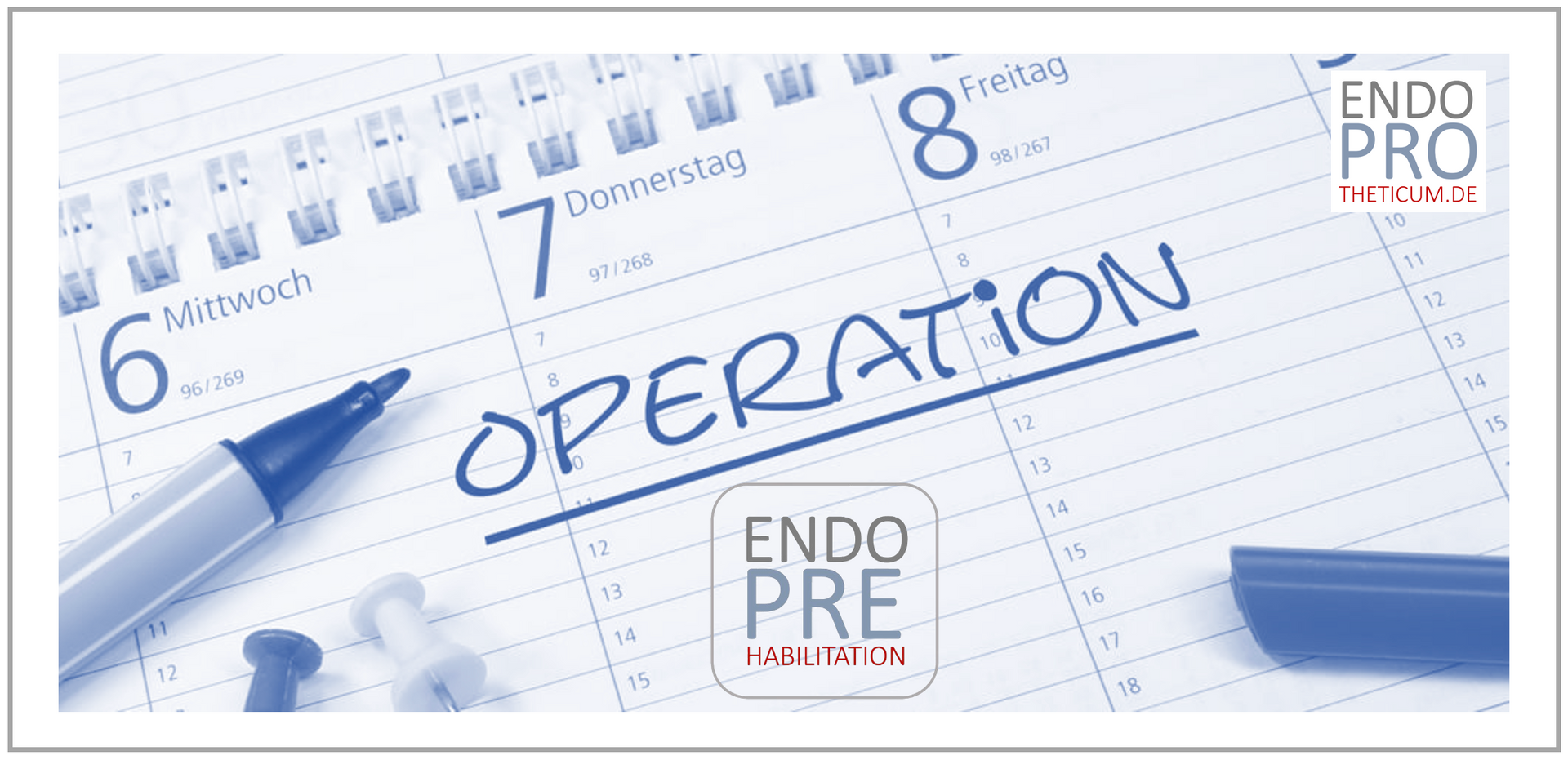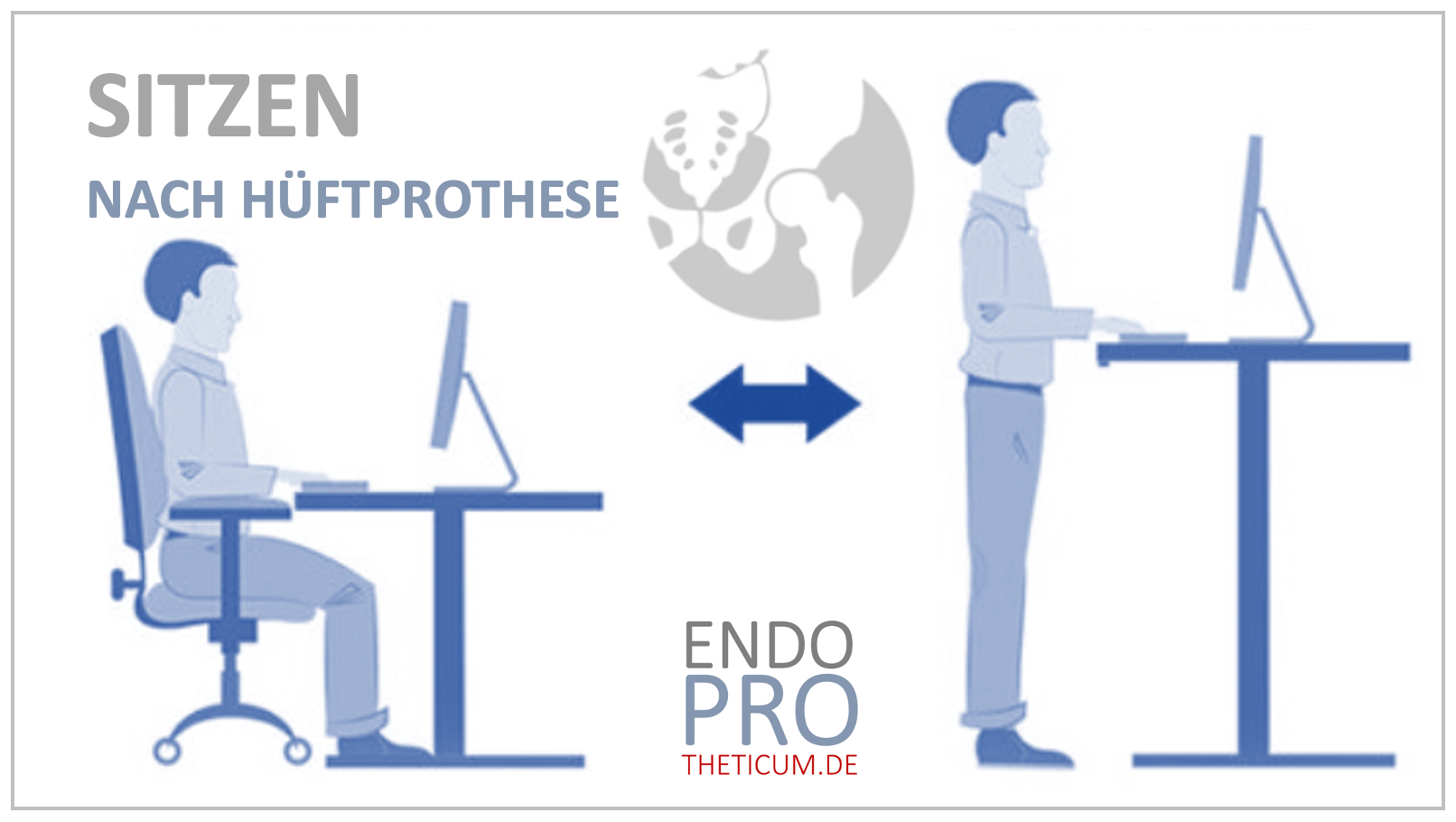Knee osteoarthritis (gonarthrosis): causes, symptoms and modern treatment methods
Everything about knee osteoarthritis (gonarthrosis)

Knee osteoarthritis, also known as gonarthrosis, is one of the most common joint diseases affecting millions of people worldwide. This degenerative disease can cause significant pain and restricted mobility, which can severely affect the quality of life of those affected. In this comprehensive blog post, we will examine the causes, symptoms and modern treatments of knee osteoarthritis in detail. Our goal is to give you a deep understanding of this condition and help you make informed decisions about your health.
Chapter 1: Introduction to Knee Osteoarthritis
1.1 Definition and epidemiology
Knee osteoarthritis (gonarthrosis) is a chronic, degenerative disease in which the articular cartilage in the knee gradually breaks down. This wear and tear leads to pain, swelling and restricted movement. The disease predominantly affects older people, but can also occur in younger people, particularly after injury or due to genetic predisposition.
1.2 Anatomy of the knee
The knee is the largest joint in the human body and consists of the thigh bone (femur), the shinbone (tibia) and the kneecap (patella). These bones are covered by cartilage, which acts as a shock absorber and allows smooth movements. Ligaments and muscles also stabilize the joint.
Knee osteoarthritis, also known as gonarthrosis, is a chronic disease in which the cartilage in the knee joint gradually breaks down. This leads to pain, swelling and stiffness in the joint. Knee osteoarthritis is one of the most common causes of joint pain in older adults and affects millions of people worldwide. It is estimated that around 10% of men and 13% of women over the age of 60 suffer from knee osteoarthritis.
Impact on quality of life
Knee osteoarthritis (gonarthrosis) can significantly affect the quality of life. The pain and limited mobility can make everyday activities such as walking, climbing stairs, and even sitting and standing up difficult. This can lead to a loss of independence and a reduction in social activities, which in turn can affect mental health.
Overweight and obesity significantly increase the load on the knee joint, which accelerates cartilage breakdown and increases the risk of knee osteoarthritis (gonarthrosis). Obesity is one of the strongest modifiable risk factors for the development and progression of knee osteoarthritis.
Injuries to the knee joint, such as torn ligaments or meniscus damage, as well as overuse due to intense sporting activities or physical work can contribute to the development of knee osteoarthritis. Such injuries can lead to structural changes in the knee joint, increasing the risk of later osteoarthritis.
In the early stages of knee osteoarthritis, symptoms such as mild joint pain and stiffness may occur, especially after long periods of rest or intense activity. The pain is often intermittent and can be relieved with rest.
As the disease progresses, the pain may become more intense and frequent. Joint stiffness may increase and swelling and reduced range of motion may occur. Sufferers may have difficulty performing everyday activities such as walking, climbing stairs, or getting up from a sitting position.
In the late stages of knee osteoarthritis (gonarthrosis), severe pain, significant joint swelling and deformities are common. The range of motion is severely limited and everyday activities become increasingly difficult. Muscle atrophy around the affected joint may also occur at this stage.
Diagnosis of knee osteoarthritis (gonarthrosis) often begins with a thorough clinical examination by a doctor. This includes evaluation of symptoms, a physical examination of the knee joint, and analysis of the patient's medical history. The doctor may perform specific tests to check the mobility and stability of the joint.
X-rays are the most common imaging method used to diagnose knee osteoarthritis. They can show changes in the joint space and bone deformities. In some cases, MRI or CT scans may also be necessary to obtain more detailed images of the knee joint and assess the extent of cartilage damage.
Laboratory tests are less common but may be done in certain cases to rule out other causes of joint pain, such as rheumatoid arthritis or gout. Blood tests can help identify inflammatory markers or other abnormalities that could indicate systemic disease.
Physiotherapy plays an important role in the treatment of knee osteoarthritis. Special exercises can strengthen the muscles around the knee, improve mobility and relieve pain. Physical therapists may also use manual techniques to improve joint function and reduce inflammation.
Painkillers such as acetaminophen and nonsteroidal anti-inflammatory drugs (NSAIDs) are often used to relieve pain and inflammation. In some cases, corticosteroid injections into the knee joint may also be helpful to reduce acute inflammation and relieve pain.
Weight loss and a healthy diet are crucial to reducing stress on the knee joint and slowing disease progression. Regular, gentle physical activity such as swimming or cycling is recommended to maintain joint function and strengthen muscles.
Chapter 2: Causes of knee osteoarthritis (gonarthrosis)
2.1 Age-related wear and tear
One of the main causes of knee osteoarthritis (gonarthrosis) is the age-related loss of articular cartilage. As we age, cartilage loses its elasticity and resilience, leading to deterioration. This natural aging process is one of the most common risk factors for the development of knee osteoarthritis. As we age, the ability of cartilage to regenerate decreases. The natural wear and tear process causes the cartilage to become thinner and less resilient.
2.2 Genetic factors
Genetic factors also play an important role in the development of knee osteoarthritis. People with a family history of osteoarthritis are at higher risk of developing the disease. Studies have shown that certain genetic variations are associated with an increased risk of knee osteoarthritis.
2.3 Injuries and overuse
Injuries such as torn ligaments or meniscus injuries can increase the risk of knee osteoarthritis (gonarthrosis). Overload caused by repeated, intensive physical activities or work-related stress can also damage the joints.
2.4 Misalignments and excess weight
Misaligned legs, such as X or O legs, put uneven strain on the knee joint and can lead to premature wear and tear. Being overweight increases the strain on the knee joints and accelerates the breakdown of cartilage.
Chapter 3: Symptoms and Diagnosis of Knee Osteoarthritis (Gonarthrosis)
3.1 Early symptoms
The first signs of knee osteoarthritis (gonarthrosis) include morning stiffness and pain after long periods of rest. These symptoms often improve after brief exercise.
3.2 Progressive symptoms
As the disease progresses, pain occurs even with less exertion and at rest. Swelling and inflammation in the knee joint are common.
3.3 Diagnostic procedures
The diagnosis of knee osteoarthritis (gonarthrosis) is made through a combination of clinical examination, x-rays and, if necessary, magnetic resonance imaging (MRI). The doctor assesses the narrowing of the joint space, cartilage damage and possible bone changes.
Chapter 4: Conservative treatment methods
4.1 Drug therapy
Painkillers such as paracetamol and non-steroidal anti-inflammatory drugs (NSAIDs) are often used to relieve pain. In some cases, intra-articular injections of hyaluronic acid or corticosteroids may also help.
4.2 Physiotherapy and exercise
Physiotherapy plays a central role in the treatment of knee osteoarthritis (gonarthrosis). Special exercises strengthen the muscles, improve mobility and reduce the load on the knee joint. Regular, gentle exercise such as swimming or cycling is recommended.
4.3 Weight reduction
Losing weight relieves pressure on the knee joints and can significantly improve symptoms. A targeted nutrition and exercise program helps those affected to reduce their weight.
Chapter 5: Surgical treatment methods
5.1 Arthroscopic procedures
In the early stages of knee osteoarthritis, arthroscopy may be performed to remove loose pieces of cartilage or bone and to smooth out inflamed tissue.
5.2 Osteotomy
In younger patients with deformities, an osteotomy may be considered. The leg axis is corrected in order to shift the load to the healthy part of the knee.
5.3 Knee arthroplasty
In advanced stages of knee osteoarthritis (gonarthrosis), a joint replacement (TKA) may be necessary. The damaged joint is replaced with a prosthesis. There are different types of knee replacements, including partial and full, which are selected depending on the severity and location of the osteoarthritis.
Chapter 6: Postoperative Rehabilitation and Aftercare
6.1 Rehabilitation after TKA
Intensive rehabilitation is crucial to the success of a knee replacement. Physiotherapy, exercise training and pain management are important parts of the rehabilitation program.
6.2 Long-term aftercare
Regular check-ups with an orthopedist are necessary to monitor the condition of the prosthesis and identify possible complications at an early stage. Patients should continue to monitor their weight and avoid excessive exertion.
Chapter 7: Modern technologies and research
7.1 Advances in Imaging
Modern imaging techniques such as 3D MRI and CT enable more precise diagnosis and treatment planning. These technologies help increase the success of surgeries and shorten recovery times.
7.2 Biological therapies
New approaches such as stem cell therapy and the use of growth factors to regenerate cartilage are promising and are being tested clinically.
7.3 Personalized medicine
The development of personalized treatment strategies based on the genetic and physiological characteristics of the individual patient will play an increasingly important role in the future.
Chapter 8: Quality of life and prevention of knee osteoarthritis (gonarthrosis)
8.1 Importance of quality of life
Knee osteoarthritis (gonarthrosis) can significantly affect the quality of life. Early diagnosis and an individually tailored treatment plan are crucial to alleviating symptoms and maintaining mobility.
8.2 Prevention measures
Preventive measures such as regular exercise, a balanced diet and avoiding excess weight can reduce the risk of knee osteoarthritis. In addition, care should be taken to maintain correct posture and protect the joints.
8.3 Self-management and support
Patients can improve their quality of life through self-management measures such as pain control, exercise and communication with other sufferers. Support groups and specialized programs provide support and information.
Knee osteoarthritis (gonarthrosis) is a complex disease that requires comprehensive and individual treatment. Through a combination of conservative and surgical methods as well as modern rehabilitation, patients can achieve a significant improvement in their symptoms and quality of life. Early detection, prevention and ongoing care play a crucial role in dealing with this widespread disease.
MAKE AN APPOINTMENT?
You are welcome to make an appointment either by phone or online .



























